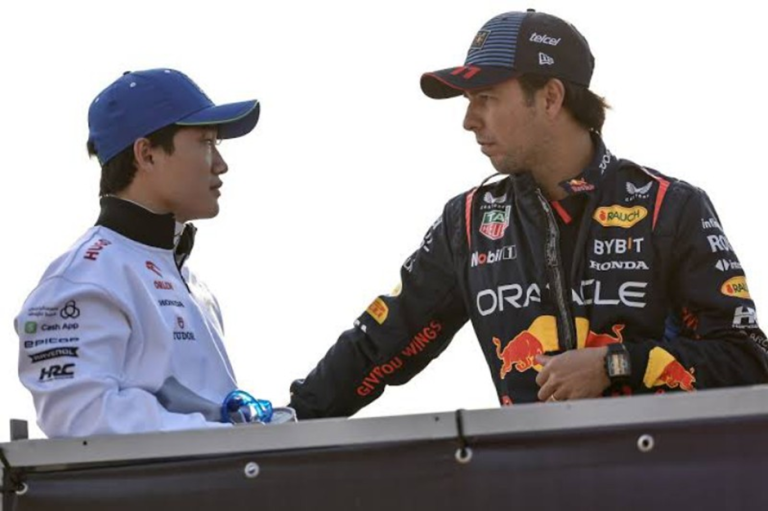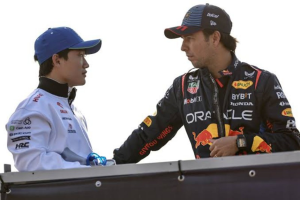Man has always been running: it is a natural activity, it is a way of catching up, of hunting, or of escaping danger.
We’ve talked about running for a long time. It was in 1940 that the term “jogging” appeared. It defines the warm-up run for competitive athlete training.
New Zealand Origin
Around 1950, the coach of the New Zealand athletics team, Arthur Lydiard, introduced the idea of running in a group.
So much so that in 1955, all of New Zealand ran during weekends and holidays. Jogging is becoming the lifestyle of a physically healthy population.
In 1962, William J. Bowerman, coach of the University of Oregon athletics team in the United States, was very impressed, during a trip to New Zealand, by the jogging clubs and by the physical condition of joggers.
Back in the United States, he organized a jogging program for himself and also for a number of people around him, eager for good physical condition.
A Group of Runners in 1958
For Dr Sander, director of a sports medicine center in New York, the origins go back to a small group of long-distance runners formed in 1958 on the model of the British Road Runners Club (RRC), created a year earlier.
These runners, passionate about road running, created their association to manage their own competitions because the American federation (AAU) did not have the slightest interest in long-distance runners.
Although the RRC and the AAU never got along well, in 1968 the American federation gave the Road Runners Club responsibility for road races: non-stadium races, 20 km and marathons.
The Rise of Jogging in Europe
In Europe, it was the Federal Republic of Germany which was the first to take up the idea.
At the beginning of 1974, the German Athletics Federation launched jogging under the slogan “The new running without running out of breath”. They propagated it under the name “Volkaufe”, meaning popular race.
















